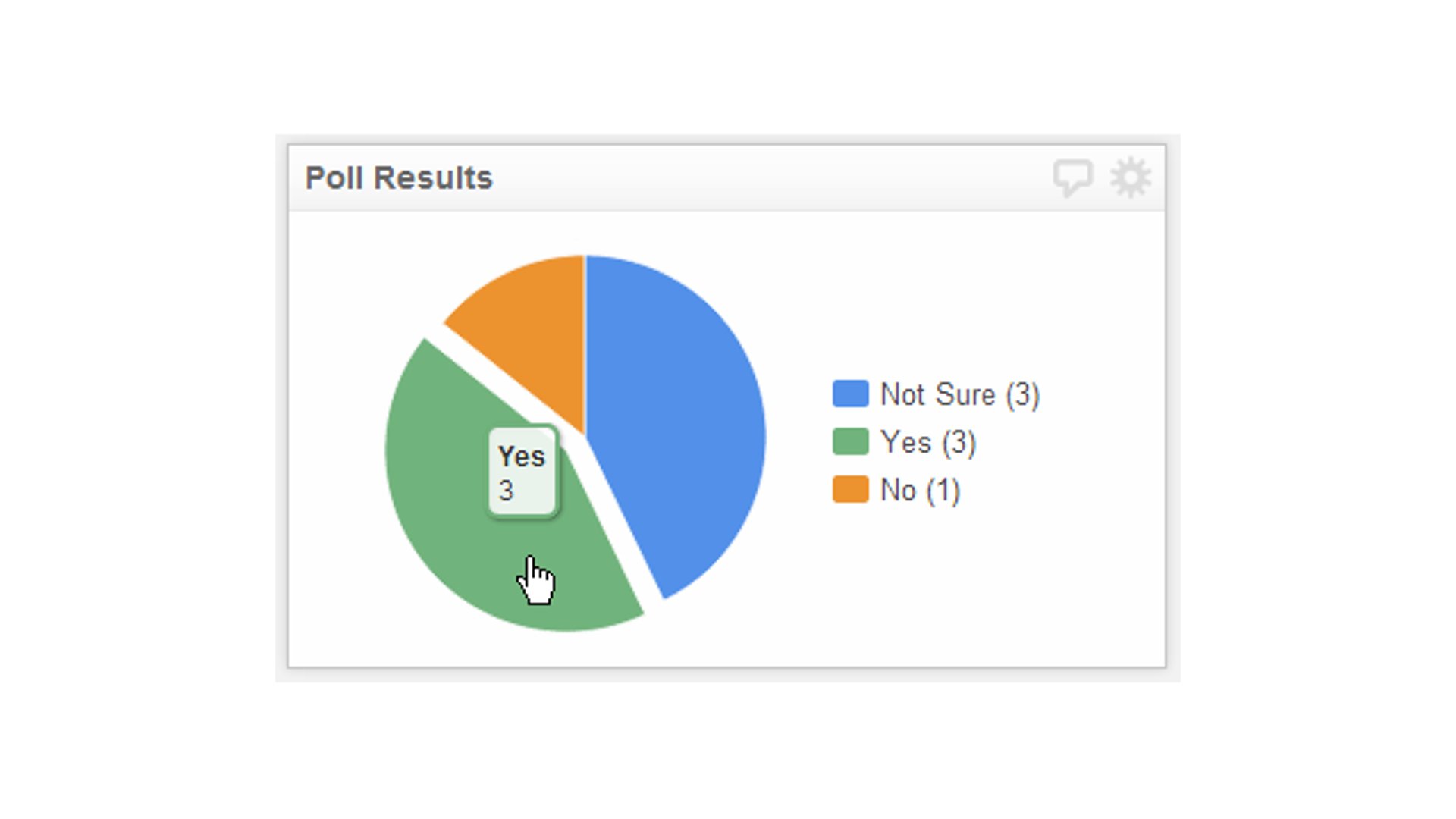How to get the most out of your data with the right dashboard display
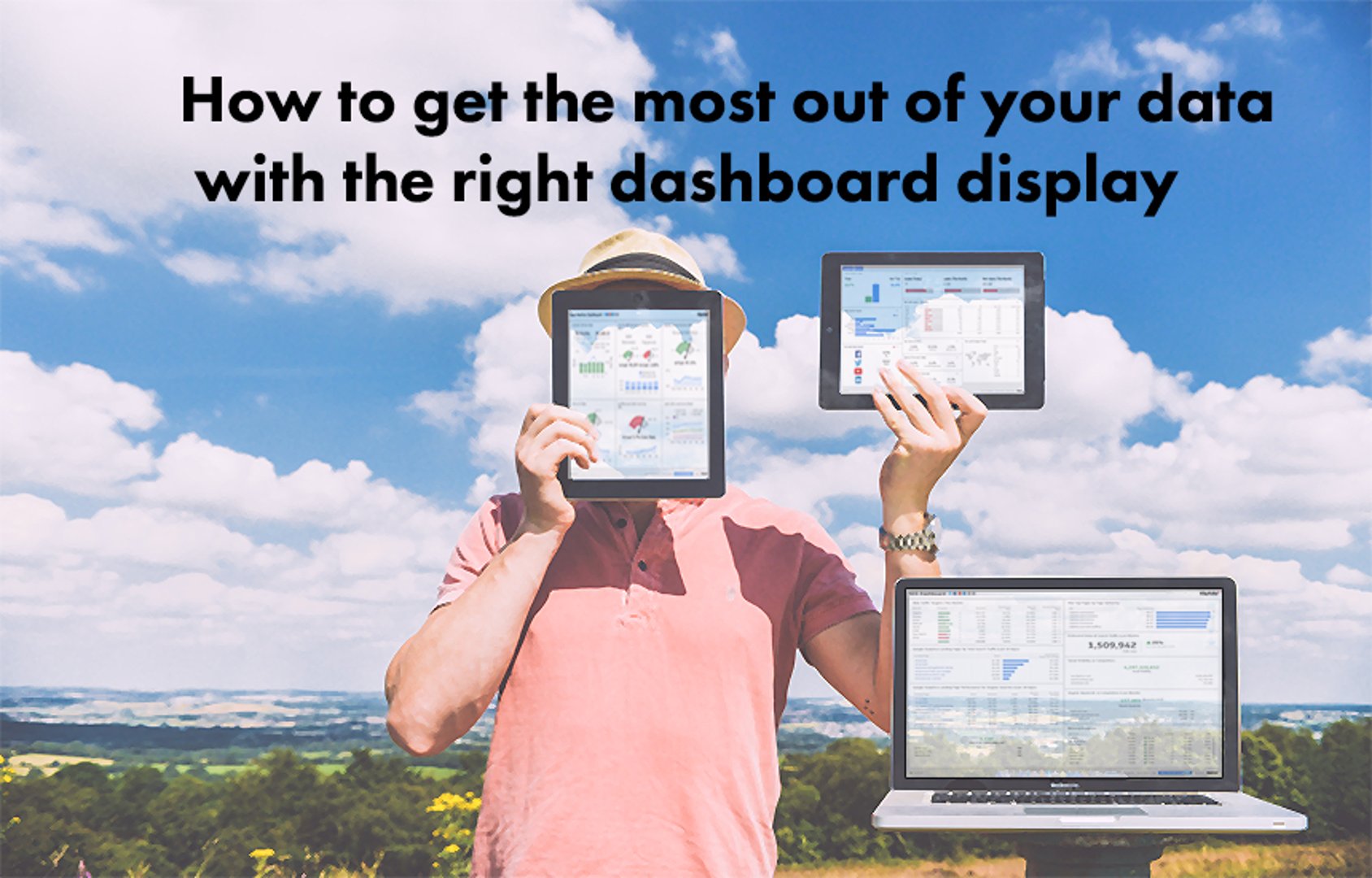
Published 2025-10-28
Summary - Want to get the most out of your data dashboard experience? Learn 5 new ways your team can display dashboards. Plus bonus tips to make the best display!
Keep your data close and your dashboards closer.
Today’s workforce is fast-paced and mobile. With the rise of ‘work from home’ and open office spaces, companies, big and small, face greater communication challenges. Dashboards counter this by providing a central place for your data. What does this mean? Where there’s a screen, there are your most important performance metrics, keeping everyone on the same page, wherever they are. With Klipfolio Klips, you can build dashboards and share reports that look great on TV, in a browser, and on mobile.
Dashboard display in the office
Time and again, businesses of all sizes prove that office dashboards improve performance. There are several ways to display dashboards in an office, and not all are ideal for every team. Layout, team dynamics, and the nature of the business all affect which display you choose. The following options show common ways to implement a dashboard display in your office, plus what to consider so you pick the right fit.
TV dashboard display
A TV dashboard is a monitor set up to display key business metrics in real time. TV dashboards evolved from office whiteboards to office monitors that continuously show a business’s data. Many sales teams display their Salesforce dashboards on TV.
There are several benefits to setting up a TV dashboard in your office, such as transparency at every level, metrics-driven teams that can spot opportunities and fix discrepancies, and the ability for managers and executives to make real-time decisions.
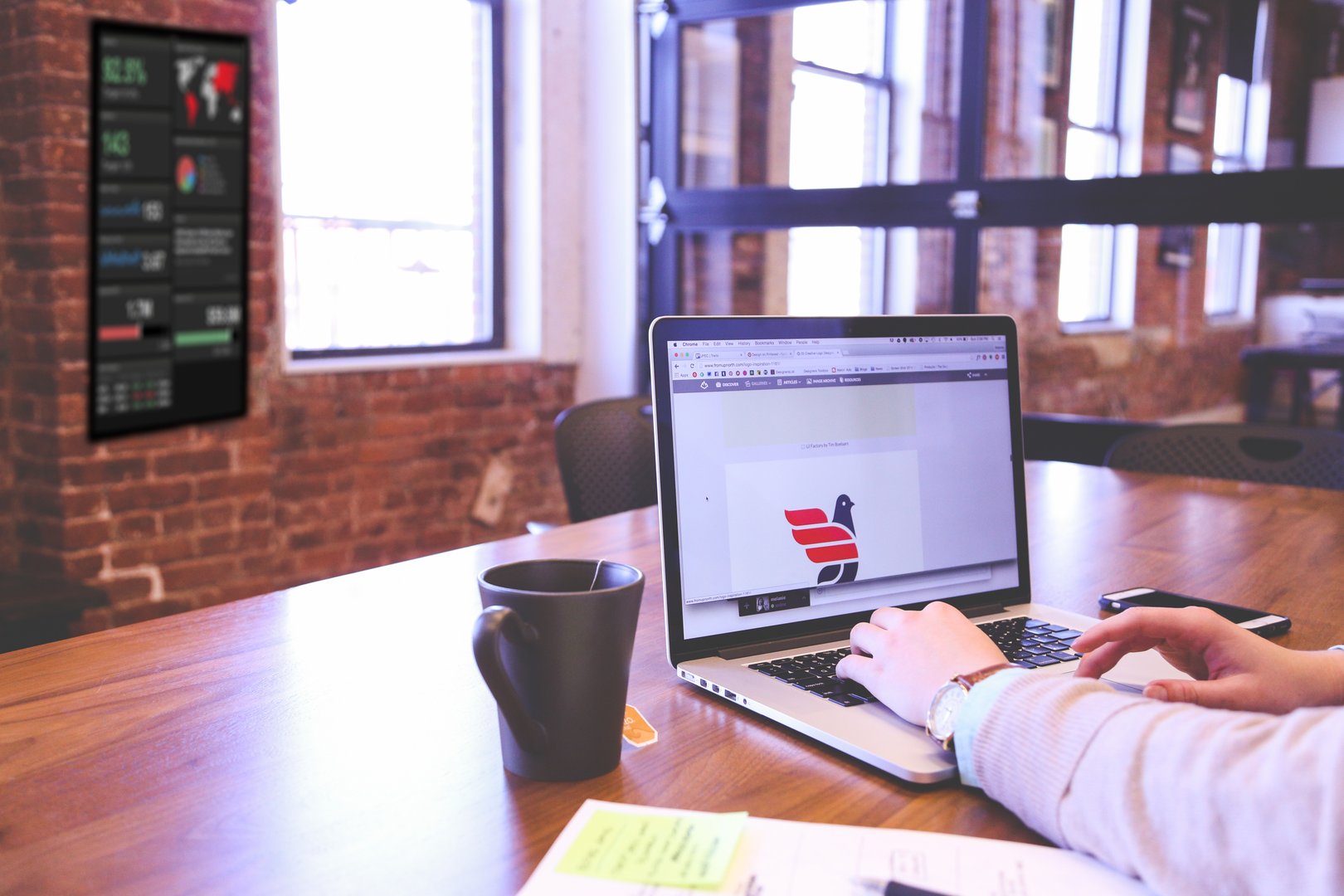
What’s the best way to display a TV dashboard?
Dashboards can be displayed on TV horizontally or vertically. Vertical TV dashboard display is ideal for longer dashboards, typically ones that have more than 5 or 6 metrics. Because TV dashboards are meant for quick, at-a-glance information, it’s best practice to limit a horizontally displayed dashboard to a few of the most important metrics you need to monitor multiple times a day to keep the size large for visibility.
What’s the easiest way to set up a TV dashboard?
The secret to an easy and successful TV dashboard display: go cordless. There are several cordless HDMI devices, including Rise Vision, Airtame, and Chromecast, that make for a clean-looking office. To choose the type of device you want to use, think about how you want to use your wallboard, and ask yourself: do you want to put it up every morning, or should it automatically display? Pick your projecting device based on what works best for your office.
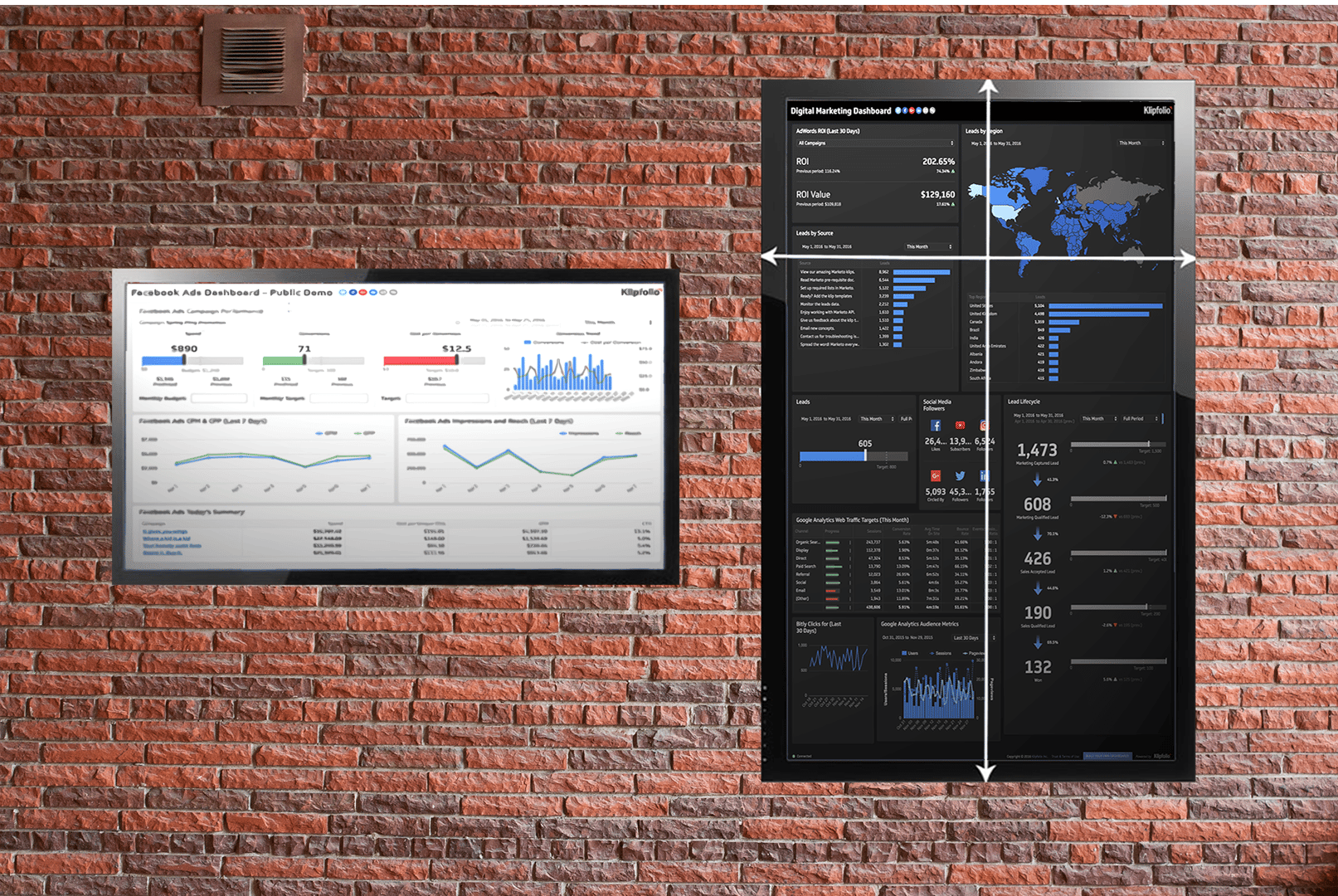
Why might a TV dashboard not work for my office?
Consider the privacy level of your business before setting up your dashboard on a TV screen. If your team treats business metrics as confidential and your space has high foot traffic, such as client meetings and public visitors, TV dashboards may not be right.
Even so, TV dashboards don’t have to be exclusively for staff. They can help high foot traffic businesses demonstrate success to clients. Just be careful what information you display. Ask yourself: would it matter if clients or competitors saw this information?
Dashboard display using a web browser
If you’re like most people today, your laptop is your right-hand helper. Opening a dashboard in a web browser is great because you can interact directly with it to get answers in real time.
Displaying dashboards on your second screen
A second screen is useful for multitasking, including monitoring. Dashboards are meant to inform important decisions. Displaying a dashboard on a second screen helps you bring KPIs into your work without getting in the way. You can display your dashboard in full-screen mode or as a published link.
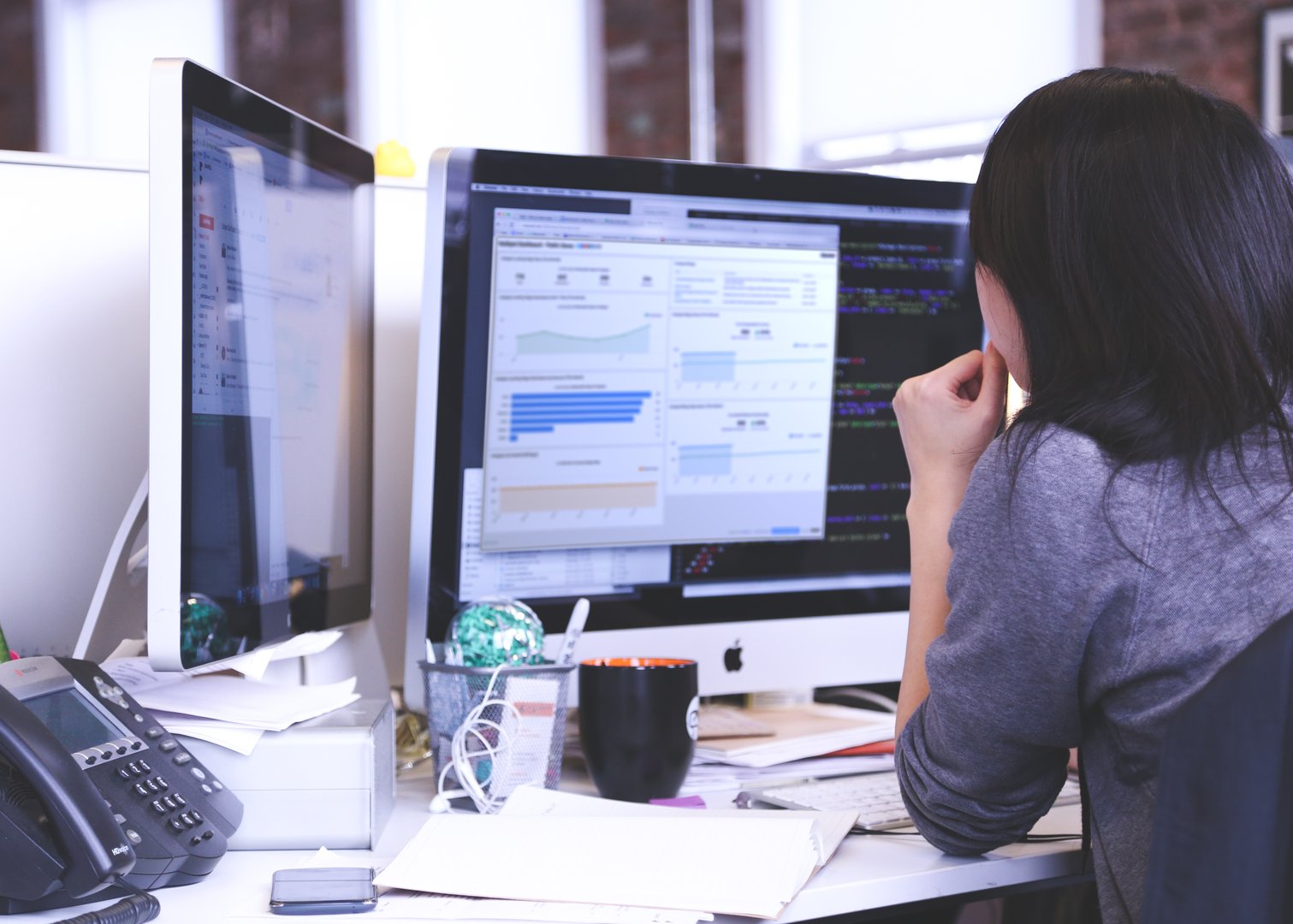
Why might a computer monitor not be the best choice for dashboard display?
One of the biggest benefits of business dashboard software is that it encourages transparency and communication, which grows when everyone has access to the data. Displaying a dashboard on a personal computer monitor works well if you’re working from home or remotely, and if your workplace is organized with cubicles or offices. In an open work environment, a dashboard that’s important to everyone may not belong on a single person’s screen.
If the dashboard displays metrics that are unique to a project or campaign that you alone are working on, then a computer dashboard display is the right choice for efficiency.
Displaying a dashboard on a mobile device
Being a business owner is a full-time job, and working on the go has become the norm, so you always need to be in the know. This applies to the marketing expert organizing campaigns, the warehouse manager working on the floor who needs operational KPIs, and the executive who’s flying from one office to another: your data must be mobile. An executive dashboard can provide the accessibility and real-time insights each role needs, keeping everyone informed and aligned, no matter where they are.

Why mobile apps are better than mobile browsers for dashboards?
Every screen is different, so your data viewing experience should be too. Logging into services on a mobile browser can be frustrating—tapping around a small display just to sign in or open something. The content matters; the experience shouldn’t get in the way. Save time and energy by opening your dashboard in a mobile app built for your phone or tablet screen.
Mobile dashboard apps make it quick and easy to access the metrics you want, whether you’re talking with a colleague or out at a meeting. Mobile dashboard apps make it simple to bring data into everyday conversations and decisions. Because they’re designed for this, you don’t run into the same time-consuming UX issues as mobile browsers.
When are other dashboard displays better than mobile apps?
At your desk, a desktop dashboard display is usually a better choice than mobile, except for tablets. Whereas mobile is best for specific metrics, tablets often show a clear picture of entire dashboards. Be mindful that tablets and mobile are time sensitive to touch, so if you’re not interacting with the screen, they will close. That’s not the case with desktop monitors or TV dashboards, which tend to be better in the office when you need quick glance information.
Alternative dashboard displays
One of the biggest benefits of business dashboards is how simple they make reporting. Display your dashboard as a report in a PDF document or as a KPI presentation in a slide deck, or send an image in an email.
With Klipfolio Klips, you can share dashboards on TV, in a browser, on mobile, or as scheduled PDF reports—whatever keeps your team aligned.
Related Articles

Klipfolio Partner How-To #1: Duplicating dashboards across client accounts
By Stef Reid — November 27th, 2025
The Starter Guide to Dashboard Design
By Emily Hayward — September 24th, 2025
What is a data dashboard?
By Emily Hayward — August 18th, 2025